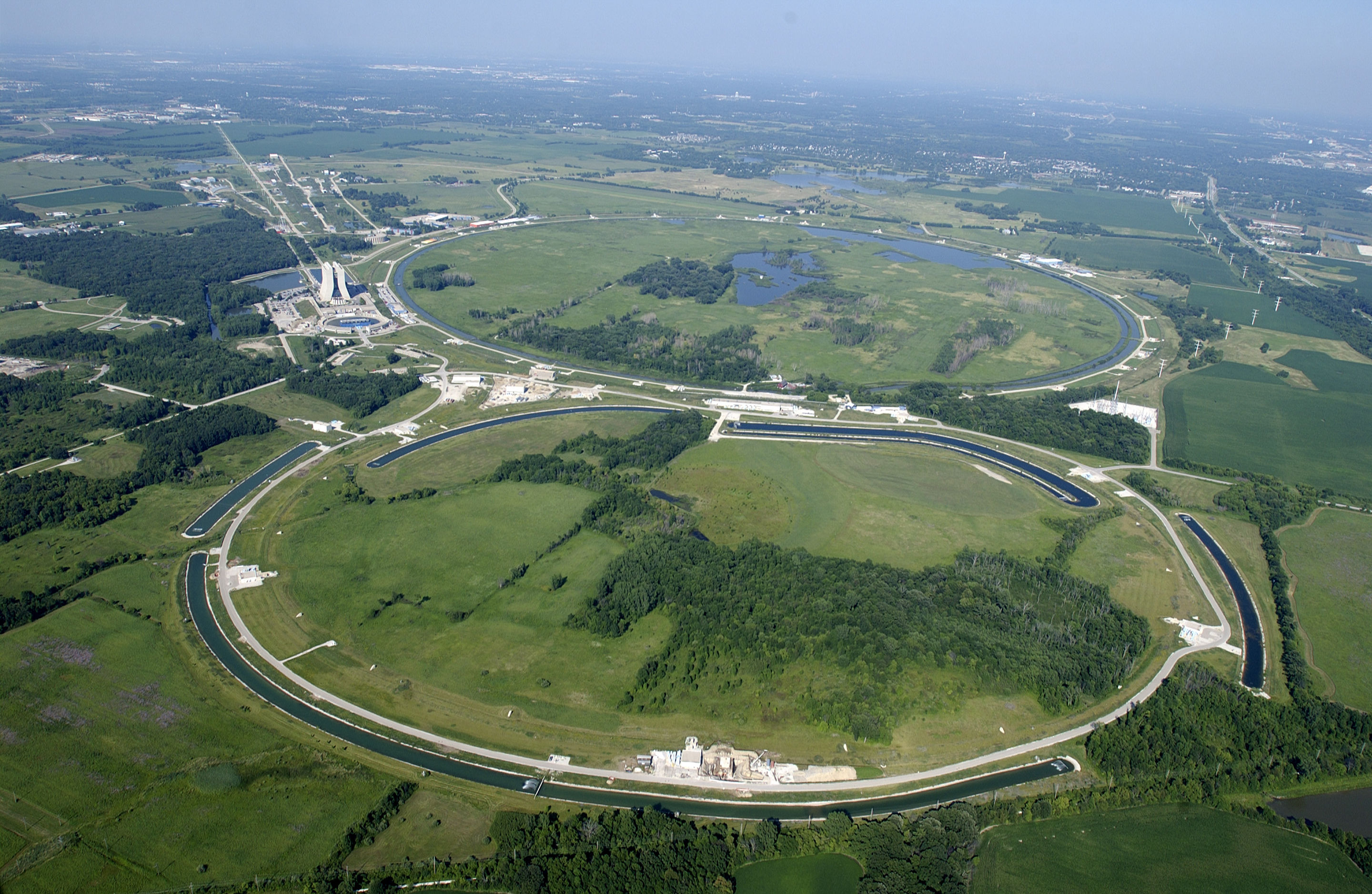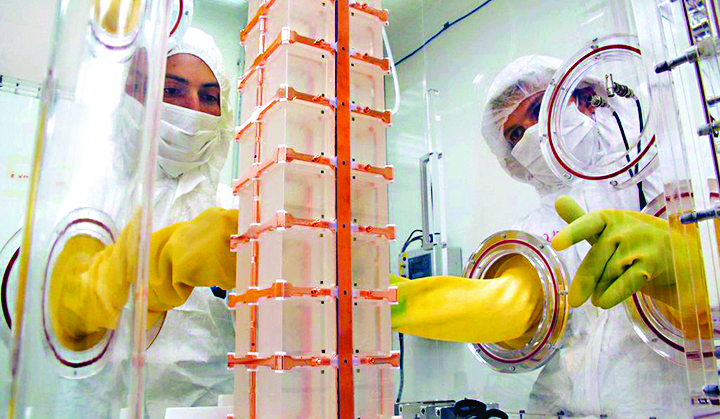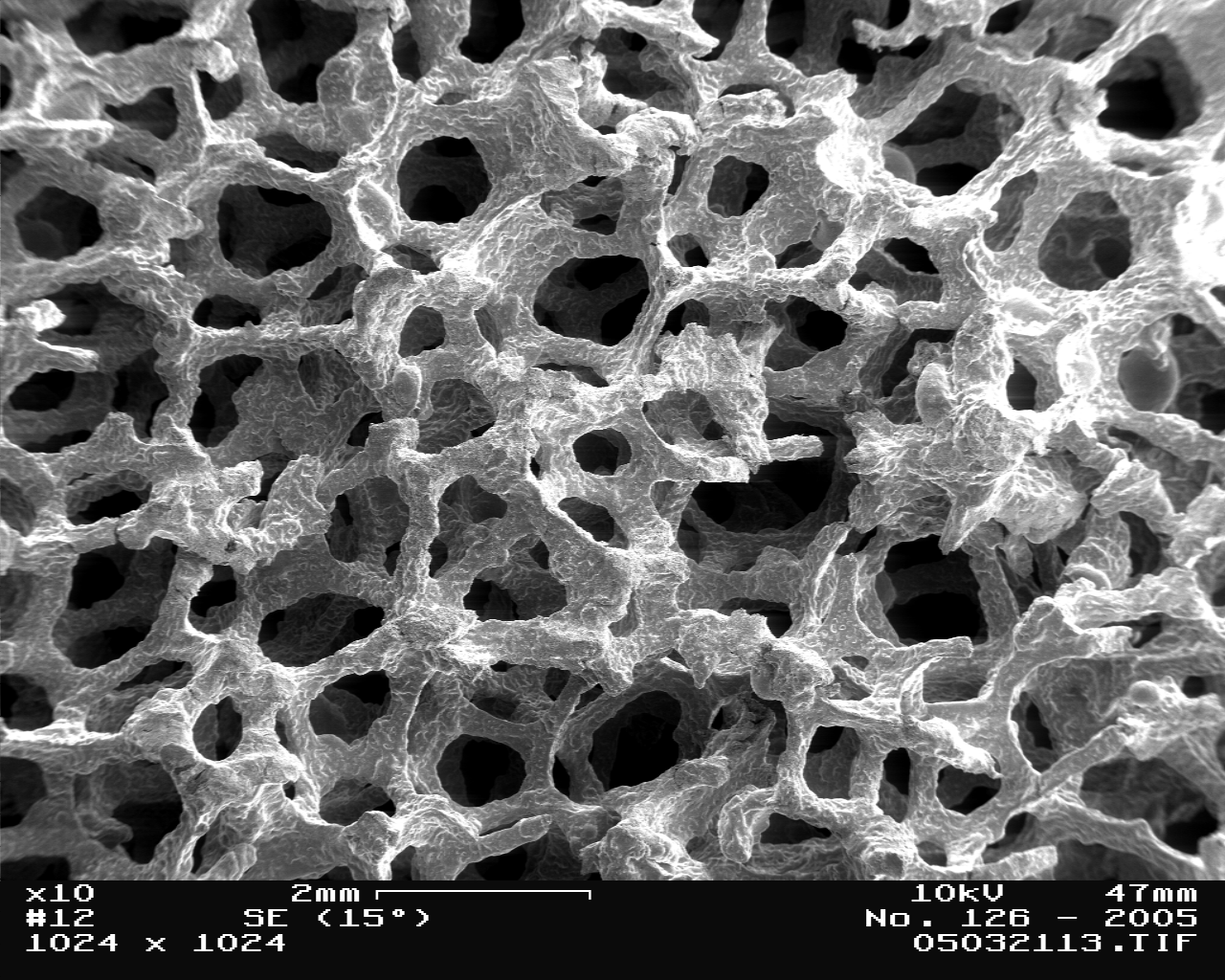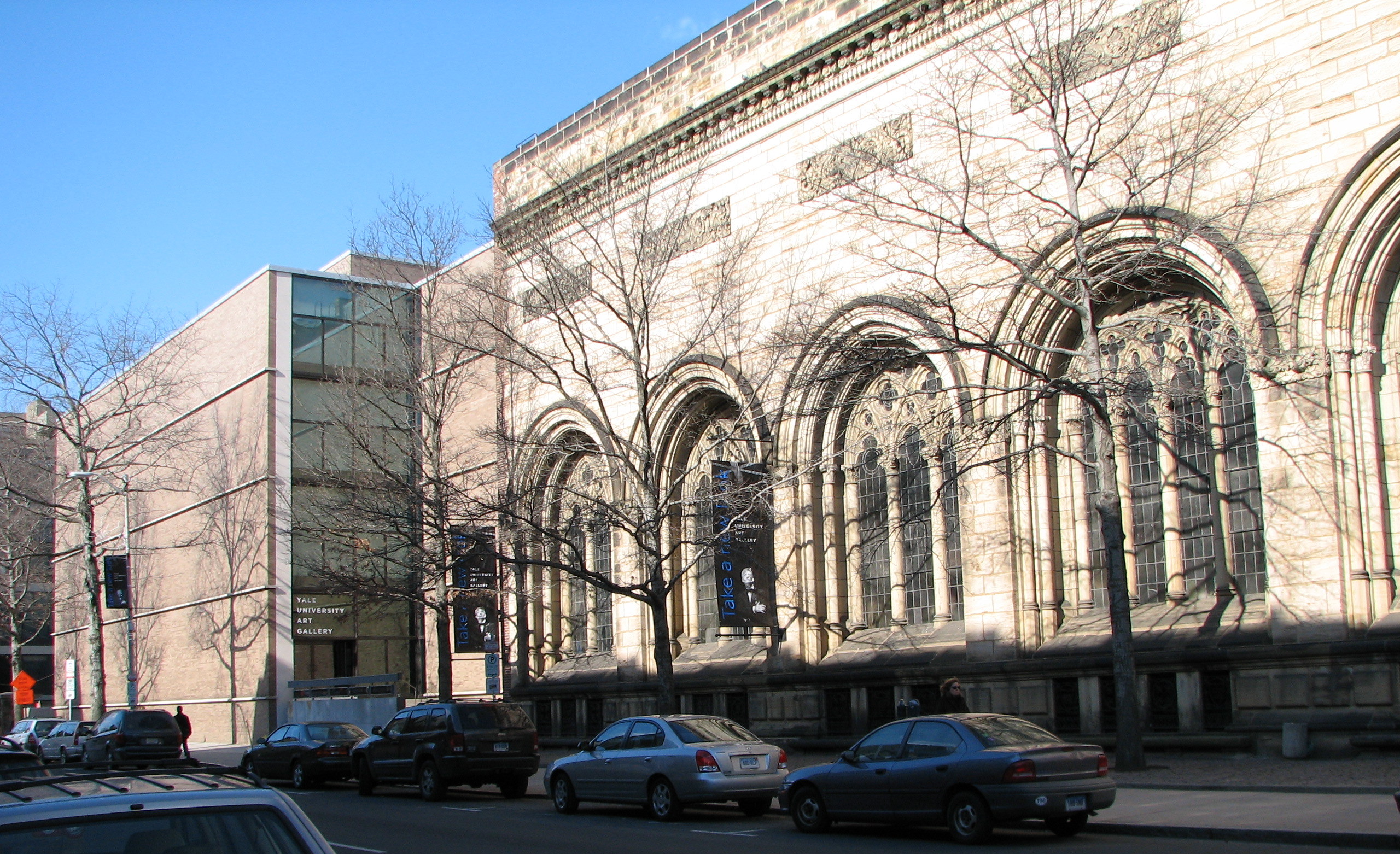
Transferring New Energy to an Old Rule: Pushing the Boundaries of Classical Physics
Can vibrating membranes reveal fundamental truths? An extension of the adiabatic theorem may lead to improved control of systems.

Can vibrating membranes reveal fundamental truths? An extension of the adiabatic theorem may lead to improved control of systems.

Despite what many researchers have thought, we are attracted to sugar more because of its caloric content than its sweetness, a new Yale study proposes. The study may provide new strategies to avoid excess sugar consumption as well as insight into balancing nutrition and taste in food products.

Eight years after its inception, Yale professor of physics Charles Baltay and undergraduates Eleanor Woodward ’17, Nathaniel Barbour ’17 and Kristo Ment ’17 will play important roles in the Wide Field Infrared Survey Telescope NASA mission.

Because forgery is an art in and of itself, experts may not be able to conclusively prove that a piece is a fake based only on visual examination. Enter the scientist. Using modern-day techniques, including instrumental analysis and imaging, scientists and conservators can do their own detective work in the art world.

Think you’re beach ready? Read this first! Yale researchers have developed a new sunblock formula which, unlike typical sunblock, does not sink into the skin and alter DNA.

Yale Professor Bonnie Fleming was appointed Deputy Chief Research Officer at Fermilab and will oversee projects about the newly discovered neutrino. This research could change our understanding of how the universe came to be.

Ongoing research led by Yale Wright Laboratory Director Karsten Heeger seeks to prove or disprove the existence of a fourth form of neutrino–the sterile neutrino. The results would require physicists to rethink the Standard Model of Particle Physics and its assumptions.
Researchers at Yale use organic chemistry techniques to answer critical biological questions, such as how drug-resistant bacteria evade the immune system.

Yale Professor Andre Taylor’s research into molding and modifying bulk metallic glass nanostructures has succeeded in creating cheaper and more effective electrocatalytic surfaces, with potential applications in fuel cells and other energy technologies.

Focusing a laser beam on priceless pieces of art doesn’t initially sound like the best idea, but its surprising application for cleaning could ensure the preservation of masterpieces for generations to come.

Star Wars: The Force Awakens captured the hearts of many; however, not all of its science-based action is plausible. Much of it would end in certain disaster, no matter what galaxy one calls home.

How does science match up with the story of this critically-acclaimed sci-fi film?